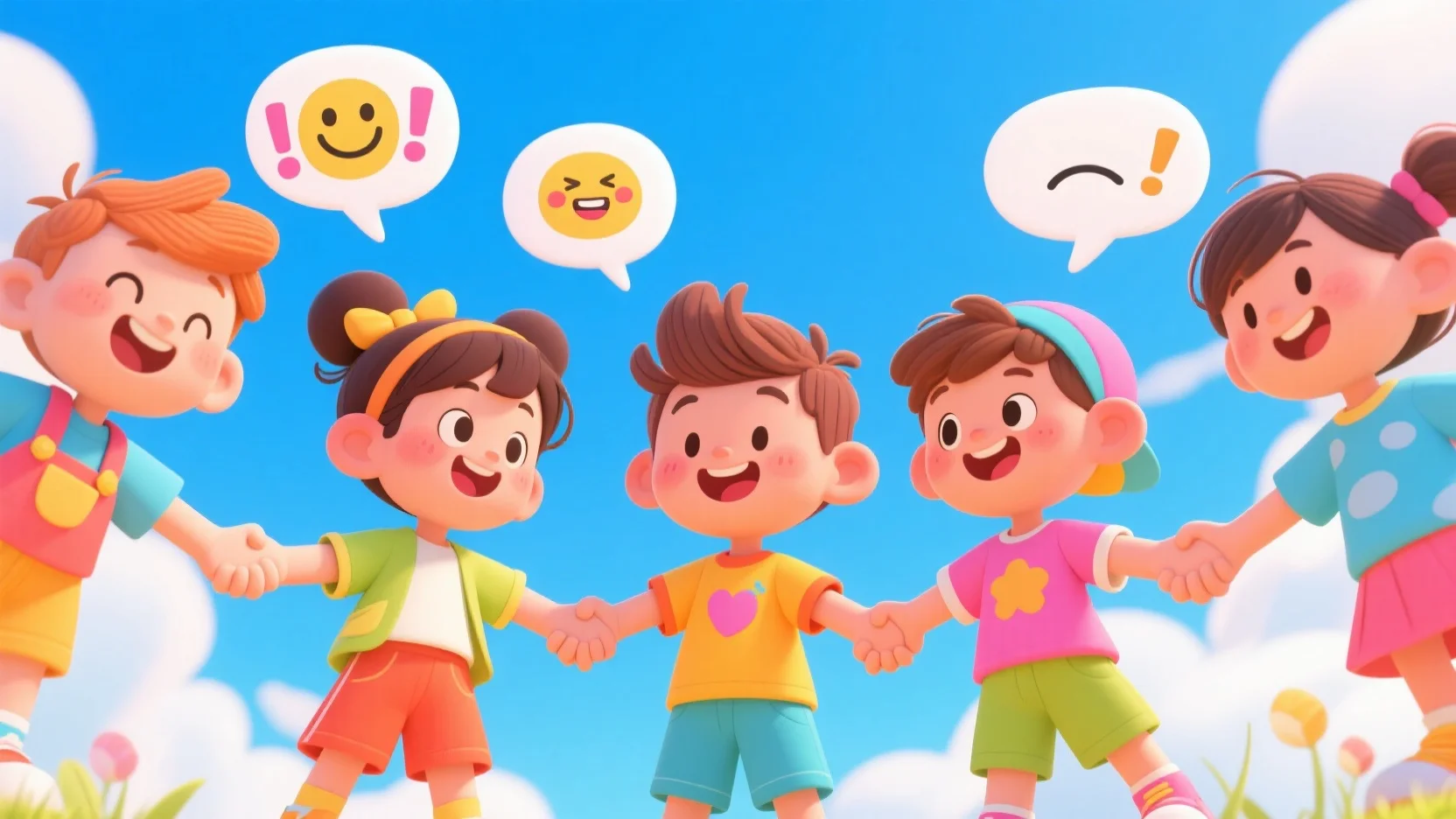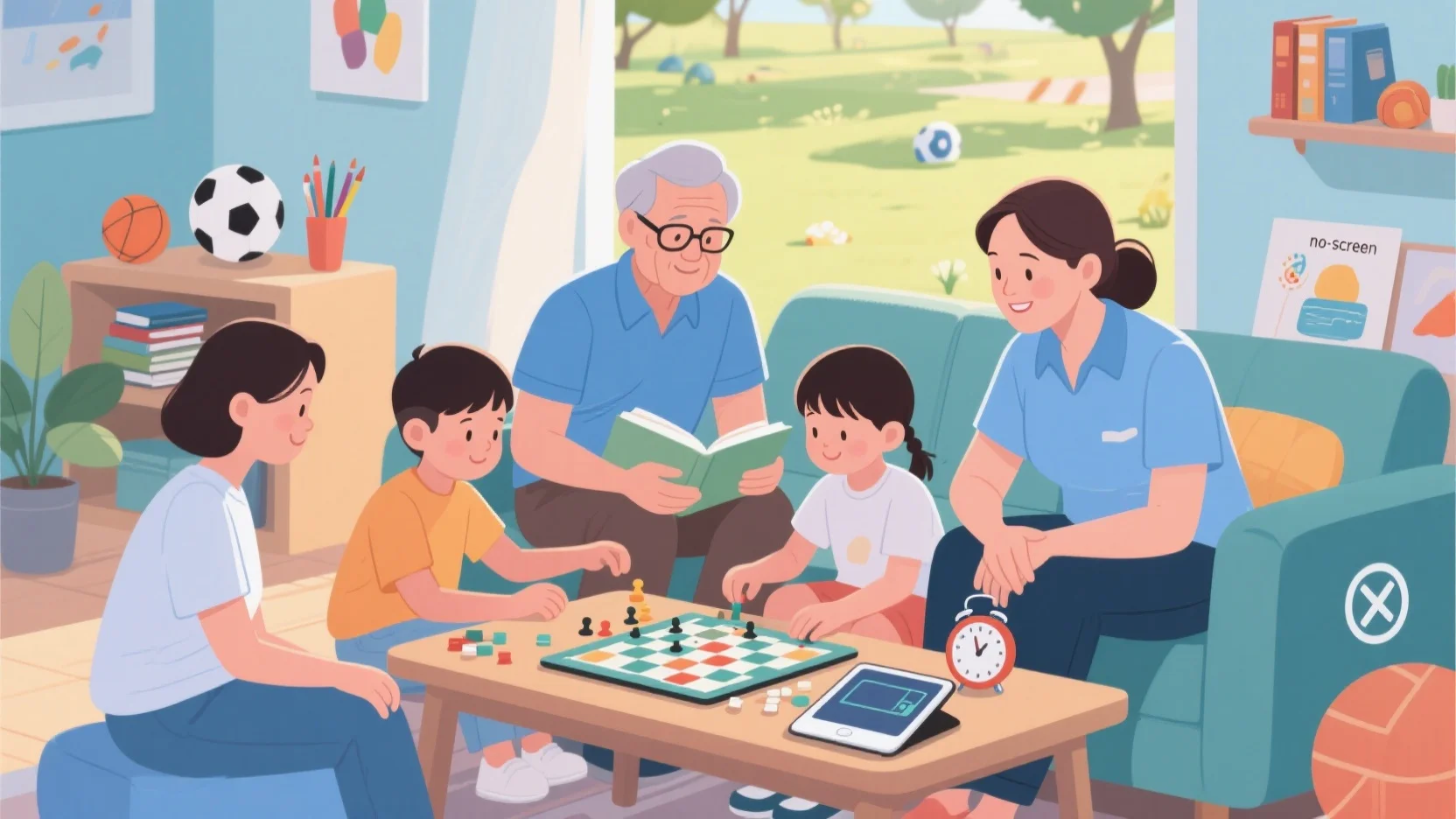Kasing Lung’s journey from a Hong Kong-born illustrator to the creator of the globally adored Labubu embodies a profound artistic philosophy: creativity thrives when it embraces the unfiltered imagination of childhood. Through Labubu’s “ugly-cute” aesthetic and whimsical universe, Lung bridges the gap between adult artistry and childlike wonder, offering a masterclass in creative expression. Here’s how his approach illuminates the path to authentic creativity:
1. Embracing Imperfection: The “Ugly-Cute” Aesthetic as Creative Liberation
Labubu’s design—with its jagged teeth, mischievous grin, and asymmetrical features—defies conventional “cuteness” by celebrating flaws as charm. This mirrors the uninhibited creativity of children, who draw without self-critique.
Lung drew inspiration from Nordic folklore’s trickster creatures (like trolls) and Japanese kawaii culture, blending “playful” and “sinister” traits. Like Picasso’s pursuit of “drawing like a child,” Labubu’s imperfections reject polished perfection, inviting viewers to reconnect with raw, instinctive expression.
More: Why Gen Z Loves Labubu—and What That Says About Parenting in 2025

2. Storytelling Through Play: Building Worlds Like a Child
Lung’s The Monsters series transforms Labubu into a storytelling vessel, akin to how children invent narratives for their toys.
His characters (Labubu, Tycoco) inhabit a magical realm where every doodle—scribbled lines, splashes of color—feels spontaneous, echoing a child’s freeform drawings. The lesson here is that creativity flourishes when artists prioritize curiosity over technical precision, as seen in Lung’s transition from illustrations to vibrant, graffiti-like paintings.
More:The Parenting Paradox: Why Controlling Parents Love Labubu’s Uncontrollable Characters
3. Cultural Hybridity: Childlike Openness to Diverse Influences
Raised in the Netherlands and influenced by European myths, Lung’s work melds East and West, much like children absorb and remix ideas without bias.
Labubu’s design combines Nordic trolls and water spirits, Japanese kawaii culture, and Chinese folkloric whimsy. Lung’s cross-cultural upbringing mirrors a child’s boundless curiosity, proving creativity thrives at the intersection of diverse inspirations.
4. From Artist to Audience: Inviting Collective Imagination
Labubu’s success lies in collaborative creativity—fans customize figures, share fan art, and even influence new designs. This mirrors how children co-create stories during play.
The community impact is evident in fan-driven content, where social media transforms Labubu into memes, stickers, and avatars. Lung’s gallery shows encourage viewer interaction, breaking the “artist vs. audience” barrier. Like a child’s drawing taped to a fridge, Labubu belongs to everyone, democratizing art.
More: When Toys Outgrow Kids: Labubu’s Evolving Design as a Metaphor for Parenting

5. The Business of Joy: Creativity as Emotional Resonance
Lung and Pop Mart’s partnership reveals how childlike joy drives commercial success. Labubu’s blind boxes tap into the same thrill as unwrapping a gift—a universal childhood experience.
The strategy of surprise and delight mimics the unpredictability of a child’s treasure hunt. Fans describe Labubu as a “comfort object,” akin to a child’s security blanket. The lesson here is that true creativity serves emotion first, a principle Lung upholds by prioritizing whimsy over market trends.
Conclusion: The Childlike Path to Creative Mastery
Kasing Lung’s Labubu teaches us that creativity isn’t about technical mastery alone—it’s about preserving the fearless, playful spirit of childhood. By embracing imperfection, storytelling, cultural hybridity, community, and joy, artists (and anyone seeking innovation) can unlock deeper authenticity. As Lung’s creatures grin from gallery walls to toy shelves, they whisper a reminder: To create boldly, we must never outgrow wonder.
Key Takeaways:
- Flaws are freedom – Let go of perfectionism.
- Play is purpose – Build worlds, not just products.
- Curiosity is currency – Blend influences freely.
- Share the crayons – Creativity grows in community.








